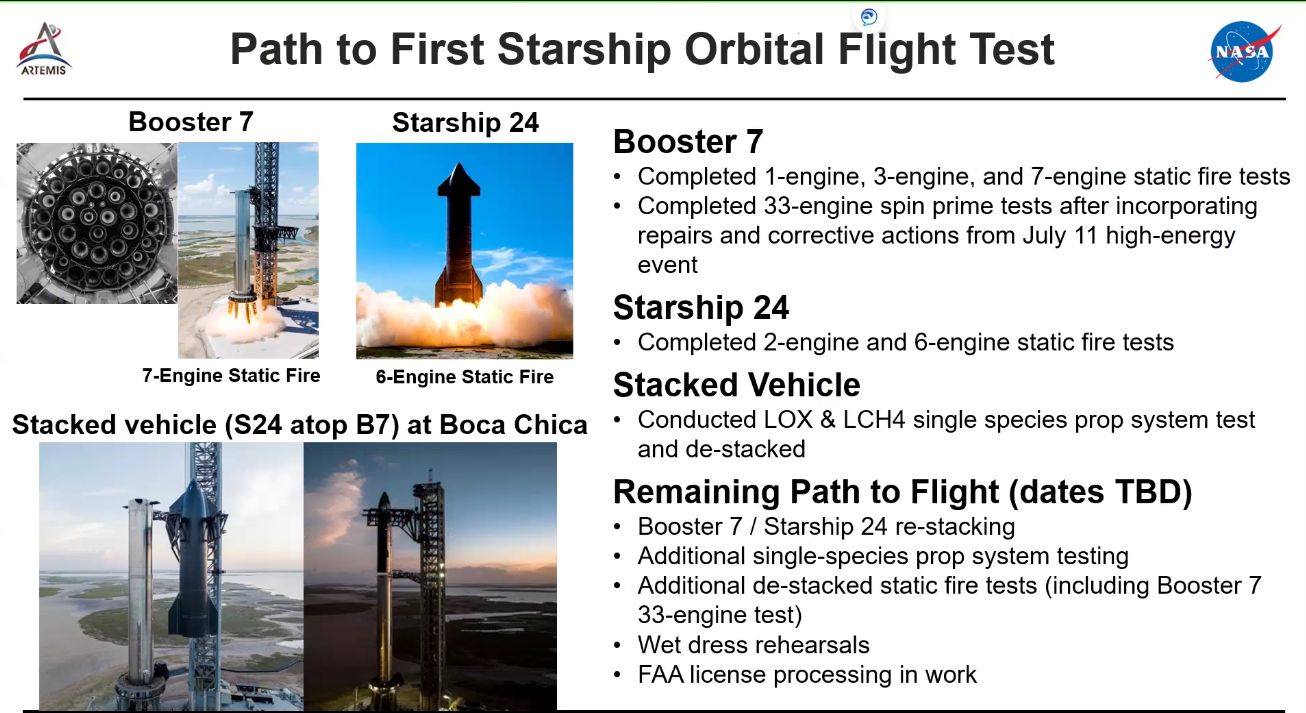Thanks; that looks sensible to me (though it’s actually 0.1 BTU/ft^2-s). In fact you can see they mention in the Atlas guide a conversion to 360 Btu/ft^2-hr, which I should have recognized as 0.1 if you convert to seconds.
Anyway, that makes it worse from my perspective. Someone back in the day picked a round number with no significant digits–it’s just an order of magnitude in their preferred unit. And wonderfully, we now have a figure with four significant digits showing up in everybody’s payload guide. It’s like all those stupid articles that say “22.046226218 pounds” when you know that the original figure was an approximate 10 kg.
I don’t think there could be a better example of a requirement that gets handed down through the ages, without anyone really questioning if it still makes sense or what the complete purpose is. Note that I am not saying that the engineers aren’t doing great work in their thermal analyses. I’m just saying that they’re targeting a requirement that hasn’t been reevaluated in decades.
Maybe I’m reading too much into the language, but the Atlas doc is definitely phrased as if it were a trigger (worked out in the ascent analysis, as you mention, but still a trigger). The Electron doc is also phrased as though the expected value will be 1135 W/m^2. The Falcon 9 doc could be read either way, I suppose. The Ariane doc is the only one that’s explicit about it being an upper bound on heating.
If it’s only ever an upper bound… I’d say it’s bad phrasing.
That could well be, and might be a more important reason.
Still, recall that, launching so many sats at once, Starlink benefits from even small optimizations. Excluding test flights, they’ve launched batches of anywhere from 46 to 60 sats. 300 kg more payload means one more satellite. They’ve also done rideshares, kicking off some of their own satellites to fit a few external customers on. Their rideshares are typically smaller yet, under 100 kg.
Well, the Starlink launches are. But because of reusability, the risk isn’t about making orbit, but whether the booster lands successfully (we’ve already seen one case of this, though it was a mid-flight engine failure). While SpaceX certainly doesn’t want to destroy their fleet, they can certainly trade the benefits of squeezing another satellite or two on a given launch (whether their own or a rideshare) vs. the slightly increased probability of a landing failure.
As it happens, SpaceX is also using their life leaders on the launches, so to some extent they’re risking used-up boosters. All these things end up in the economic trade.
At any rate, I suppose I have my answer. It’s first of all only relevant for megaconstellations, since singleton launches don’t benefit from excess payload capacity if they are already under the limit. It’s only if there’s a possibility to squeeze more payloads (or should I say “more payload”, since it’s almost a mass noun in this case?) onto the launch that there’s a benefit, which would only be the case if they’re already right at the mass limit, which would only be the case if they’ve already transferred some risk from loss of payload to loss of booster.
It does mean that other megaconstellations will be at an even greater cost disadvantage compared to SpaceX unless they can also make these kinds of trades.
That’s one of the things I mentioned originally (though I had no idea of the actual gap). This sounds like just the sort of information that would be helpful to publish. SpaceX has their thermal models, but now has actual data for higher heating levels. I’m sure some parties would be interested. Maybe it’s a little too proprietary, but it seems like the kind of thing that “good citizen” companies do, if only to burnish their image.


